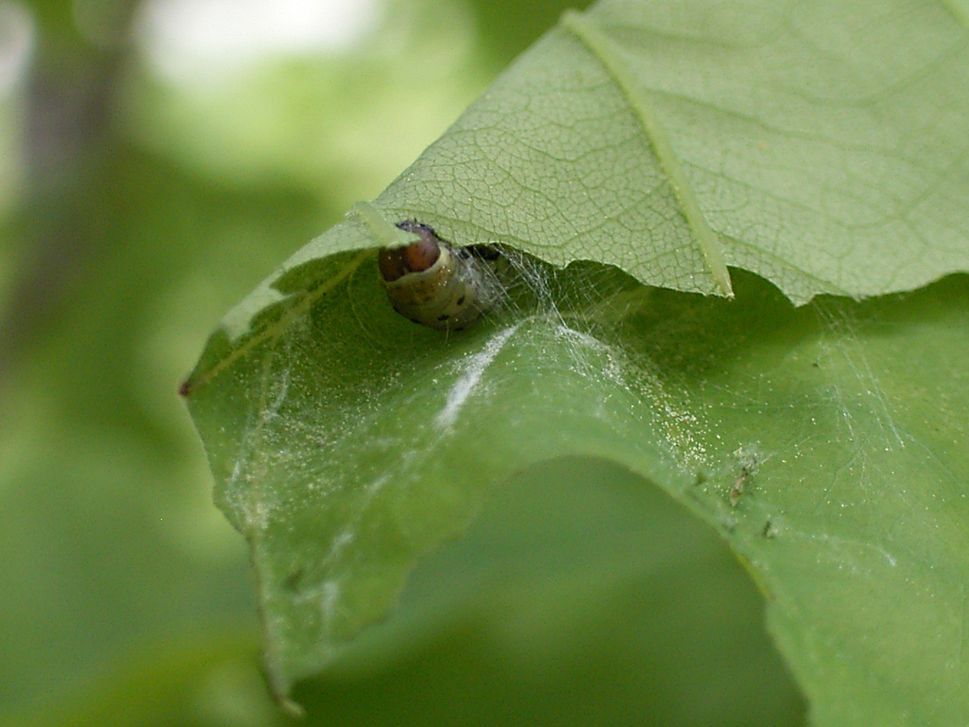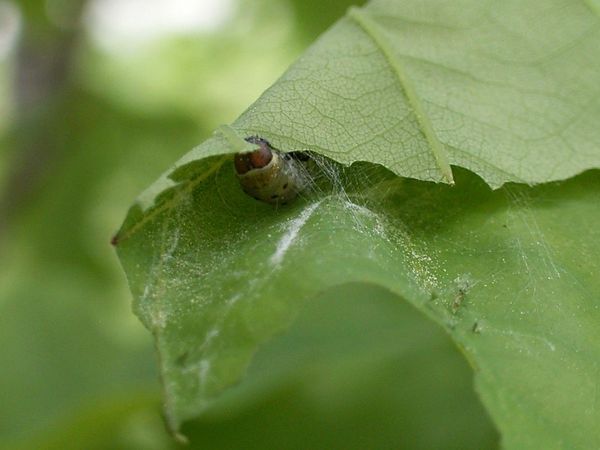Defoliated oak trees have been a recurring sight in recent years. The defoliation is often caused by the massive occurrence of the green oak leaf roller (Tortrix viridana) caterpillars, a tiny moth larvae pest favored by the warmer summers. But oak trees are not defenseless: they pursue various defense strategies that are objects of current studies. Scientists at the Thünen Institute of Forest Genetics in Großhansdorf and the Helmholtz Center Munich, Research Unit of Environmental Simulation, are elucidating the defense mechanisms of naturally occurring resistant trees of European oak (Quercus robur) found in defoliated forests. Their joint effort now resulted in the discovery of biomarkers in leaves of remarkably resistant trees. On the one hand, this finding facilitates predict how susceptible certain forest areas are to an infestation with the green oak leaf roller, and on the other hand, resistant young plants can be selectively grown and used for reforestation programs.
In the course of evolution, European oaks have developed mechanisms to keep their predators at bay. Thünen and Helmholtz researchers deciphered years ago important details of the complicated interplay between host plant and pest. So-called T-oaks (for "tolerant") form substances in their leaves that inhibit feeding by the young caterpillars - they virtually starve at the table. On the other hand, S-oaks (for "sensitive" to herbivory defoliation) respond to herbivory feeding by releasing certain scents, a mechanism of inducible resistance that offers the advantage of investing energy and carbon in defense only when needed, saving resources for growth. The inducible smell is intended to attract the pest’s enemies, but this strategy fails during T. viridana outbreaks, and S-oaks pay their strategy with severe defoliation (see Thünen press release of August 31, 2012).




![[Translate to English:] Logo des Bundesministerium für Ernährung und Landwirtschaft](/media/allgemein/logos/BMEL_Logo.svg)